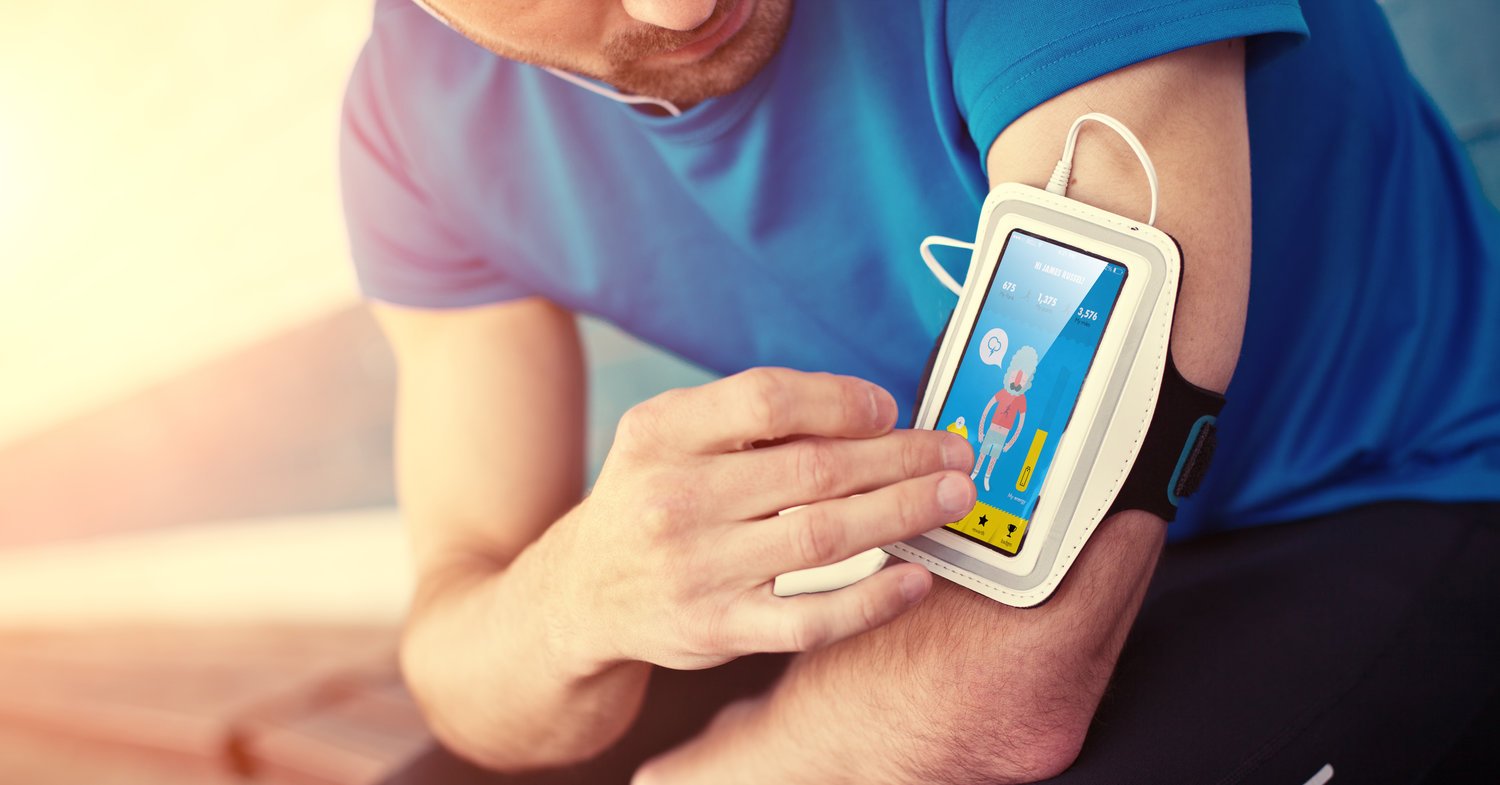Here is just a breakdown of my approach to the
way I carry out my work and thinking that allows
me to measure the effectiveness of my work - The methodologies change as I learn but the foundations
are firmly set.

Brand Strategy:
It’s all about making things click. By understanding what users want (hello, research!), keeping visuals and messaging consistent, and injecting the brand's personality into every interaction, we create an experience that’s not just memorable but feels unmistakably "us." The bonus? Happy users who trust the brand and keep coming back for more.
Content Strategy:
It’s all about delivering the right content at the right time—effortlessly. By understanding user behaviors and needs, I create content that’s relevant, engaging, and easy to navigate. Think clear language, a tone that aligns with the brand, and a seamless flow with the UX. The goal? An impactful experience that feels as intuitive and natural as a great conversation.
UI/UX Design:
UI and UX design go hand in hand to create digital products that work beautifully and feel effortless. UI design focuses on making interfaces visually appealing and easy to use, while UX design ensures the overall experience is smooth, intuitive, and enjoyable. Together, they create engaging, user-centered experiences that meet both user needs and business goals.
Product Strategy:
Nailing a product strategy is like plotting the ultimate treasure map. It starts with digging into market research, understanding what customers really want, and defining a value proposition that stands out. Then it’s about setting clear goals, tracking the numbers, and tweaking the plan based on feedback. The result? Products that customers love, a business that thrives, and a strategy that keeps delivering the goods.
Visual Design:
Great visual design is like love at first sight—it grabs attention, makes things easy to understand, and keeps users coming back for more. It’s not just about looking good (though that helps); it’s about creating clarity with a strong visual hierarchy and guiding users seamlessly through the experience. When done right, it’s usability meets beauty, and everyone wins.
Development:
From a design perspective, the development process is a step-by-step journey. It starts with discovery and research (hello, user insights!), moves to ideas storming and mapping out user flows, and then into interaction design and prototyping. Visual design brings it all together with a polished look.
The real action happens in development and testing, where ideas take shape, get refined, and are launched into the world. Post-launch, it’s all about ongoing tweaks and optimization. And through it all, collaboration between design and development ensures the product delivers its best.
Let’s Talk
Take a few moments to hear me talk shop.
Designing for HealthTech - The journey of a shift - small screens, big browsing experience.
Design is a crucial element of HealthTech that goes far beyond the look and feel of an app or platform. Hand in hand with functionality, it has a dramatic impact on an app’s overall usability and, done well, can result in an enjoyable, meaningful experience for the end-user.
Designing for HealthTech - Empathy-driven UX
In the second episode of the 'Designing for HealthTech' series, Locum's Nest Co-Founder Dr Nicholas Andreou and Head of Design Jason Peart, discuss empathy-driven user-experience. Listen to the dynamic duo as they share how they've made it their mission to 'inject empathy' into the Locum's Nest suite of digital products via thoughtful design.
Designing for HealthTech - Microinteractions: Bridging the gap between NHS teams
In the third episode of the 'Designing for HealthTech' series, Locum's Nest Co-Founder Dr Nicholas Andreou and Head of Design Jason Peart, met to share how, through a series of micro interactions, the Locum’s Nest app has not only heightened engagement between frontline users and management, but has improved the overall wellbeing of our NHS people.
